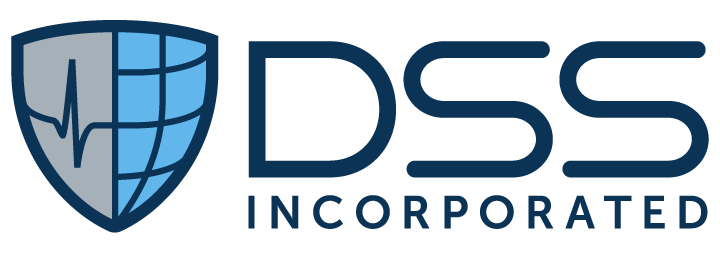HIMSS16 takeaways and insights: Keeping the big topics in mind for long-term plans
With the dust finally settled after a productive HIMSS16, you may find yourself wondering where to start. We’d like to offer some insights on this year’s main goals—tackling some of the industry’s greatest information management challenges—to get the wheels turning on the best next steps. Interoperability. Not surprisingly, interoperability (or lack thereof) continues to plague the entire healthcare industry and was a recurring theme throughout the conference. Even with new commitments and initiatives underway, integral steps to improve interoperability will take time to development. Regardless of what happens, hospitals and health systems need a consolidated and centralized system to improve information access and facilitate seamless data sharing efforts.
Analytics. There’s no question about the value analytics can bring healthcare organizations, especially when comprehensive and accurate patient data is available. However, obstacles like disparate systems, lack of common data standards, and accessibility in general often impede an organization’s ability to produce and use them. The key is to implement integrated solutions not only to improve access to accurate patient data, but allow them to effectively aggregate data and produce analytics. Analytics can then can be used to inform population health management and other community-based health initiatives.
Patient Engagement. Crucial to achieving favorable outcomes, patient engagement remains a key concern for healthcare providers and payers alike. Although patient-facing technology like portals certainly play a role in engagement, healthcare organizations must take a multipronged approach to effectively reach today’s diverse patient population. Whether it’s through email, text messaging, mobile apps, portals or phone, providers can provide more flexibility on how they stay in touch with their patients.
Connected Care. Having complete and accurate information throughout the care continuum is essential for providing quality, patient-centered care. Yet, interoperability and information sharing challenges can stand in the way. When healthcare systems and providers take advantage of integrated systems, those technology-enabled workflows will connect and inform different components of care, helping facilitate care coordination and preventing gaps in care in the process.
Now that you’ve had a chance to digest the HIMSS16 buzz (along with the Vegas buffets), how does your organization plan to address these challenges?
Visit our website to learn more about interoperable solutions to get you started!
